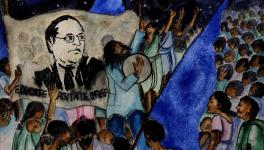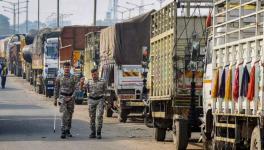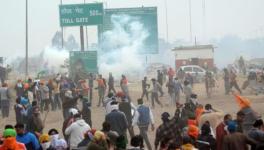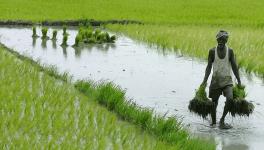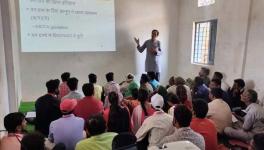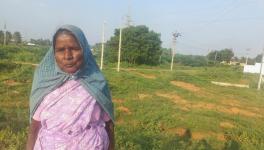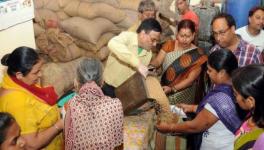Healthcare Continues to Remain Inaccessible for Dalits and Adivasis, Says Study
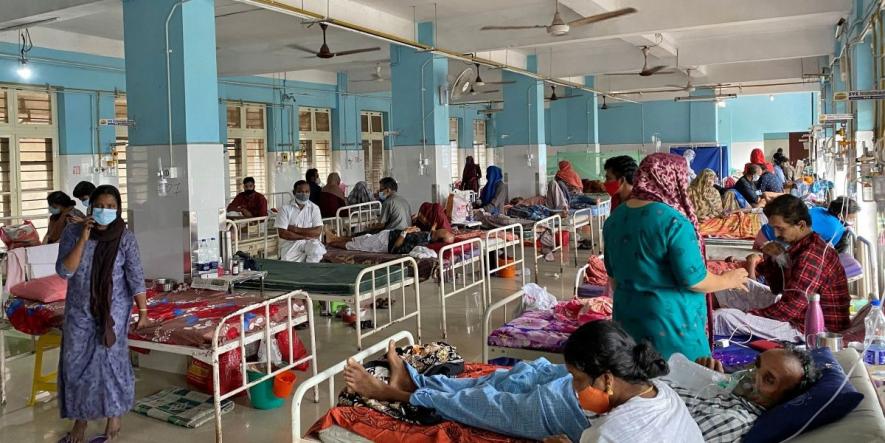
Image Courtesy: Reuters
Health outcomes have remained grossly unequal, with India's dalits and adivasis living shorter lives of poorer quality, as per a recent paper published by Oxfam India. Private infrastructure now accounts for nearly 62% of India's health infrastructure. However, only 4% adivasis and 15% dalits utilise private facilities. According to the 75th round of the National Sample Survey for inpatient care, Out of Pocket Expenditure (OOPE) in private facilities is 524% higher than in public facilities. This is unaffordable for a large section of the marginalised communities, as 45.9% of adivasis and 26.6% of dalits are in the lowest wealth quintile.
Dalits and adivasis together constitute 25.2% of India's population.
"Both communities have faced systemic discrimination and have been denied access to basic services. Persistent structural and deep-rooted poverty and deprivation among dalits and adivasis manifest in all aspects of their lives," the paper said.
On average, a dalit woman lives 15 years less than an upper-caste Hindu woman. About 65% of scheduled tribe (ST) women suffer from anaemia compared to 47.6% of non-ST women. They miss out on access to healthcare. While 15% of upper-caste women did not receive prenatal care, such care was not received by 26% of dalit women. Only about 61% of ST mothers received tetanus vaccination, compared to 81% of non-SC/ST women.
"They also face direct discrimination in the healthcare system," the report added. "One study found that 94% of dalit children surveyed faced discrimination in the form of touch (where they were touched sympathetically when accessing healthcare), dispensing of medicines (91%) and the conduct of pathological tests (87%); 81% of dalit children were not given as much time as other children."
In India, only 37% of the population in the rural areas has access to public health care services within a five-km radius, and only 68% of the population has access to a basic outpatient health facility. Therefore, a large share of dalits and adivasis, particularly women, consult private medical practitioners in their locality, and many of these may be quacks, highlighted the paper. One study of dalits in Rajasthan found this proportion to be 74%, and another in Bihar at 84%. Even in an urban settlement like Delhi, 48.9% of dalits/adivasis sought help from unqualified practitioners for episodic illnesses.
"However, when it comes to chronic illnesses or hospitalisation, the role of private hospitals becomes more prominent," the paper said.
A Delhi study found that private hospitals account for 30.8% of hospitalisations and 42.6% of sites for the treatment of chronic illnesses. Incidents of refusal or denial of health care based on casteism and discrimination in government hospitals against dalit and adivasi patients force them to rely on unregulated private hospitals resulting in financial exploitation and even more grave abuse of their rights.
The average expenditure incurred for private hospital hospitalisation is six times more than government hospitals (Rs 4,452 compared to Rs 31,845).
According to the 75th round of NSSO for OPD care, OOPE in private facilities was 114% higher than in public facilities. For in-patient care, OOPE in private facilities is 524% higher than in public facilities. For dalit patients, the average medical expenditure/hospitalisation is Rs 11,315 and Rs 18,380 in rural and urban areas, respectively. For tribal patients, it is higher – Rs 14,857 in rural areas and Rs 19,492 in urban areas.
The paper highlighted that this is unaffordable for dalits and adivasis, who are disproportionately likely to be poor. As per the National Family Health Survey 2015-16 (NFHS-4) data, 45.9% of the adivasi population and 26.6% of the dalit population are in the lowest wealth bracket. Five out of six multidimensional poor people in India belong to either STs or SCs. Around 83% of SC households have their highest-earning members' income at less than Rs 5,000.
"This places very real constraints on the capacity of marginalised community households to pay for healthcare out of pocket," it said.
The paper pointed out that the high healthcare costs were expected to be addressed through the introduction of health insurance. The Ayushman Bharat– Pradhan Mantri Jan Aarogya Yojana (AB-PMJAY) was launched in 2018 and became the Union government's flagship scheme to make healthcare accessible to the poor and marginalised. However, the paper said, it covers less than 30% of hospital charges leaving a heavy financial burden on the poor. In a study done in Chhattisgarh, it was found that 95.1% of insured private sector users still incurred costs during hospitalisation. Dalits and adivasis were specifically inadequately covered. Only 4% of private hospital admissions under PMJAY were from dalits; the figure was even lower at 1.6% among adivasis. This contrasts with a projected eligible 19.7% dalit and 15.4% adivasi population.
"Besides, most health insurance schemes only cover hospitalisation expenses, not OPD expenses which include most costs," it said.
"India's current substantial reliance on the private healthcare sector is a reason for grave concern for India's dalits and adivasis. Due to extremely weak and ineffective mechanisms for accountability and regulation, the private healthcare sector's quest for profit maximisation often results in unwarranted treatments, exorbitant healthcare bills and a commercialised approach towards patients, especially those from marginalised communities," the paper said.
Get the latest reports & analysis with people's perspective on Protests, movements & deep analytical videos, discussions of the current affairs in your Telegram app. Subscribe to NewsClick's Telegram channel & get Real-Time updates on stories, as they get published on our website.









